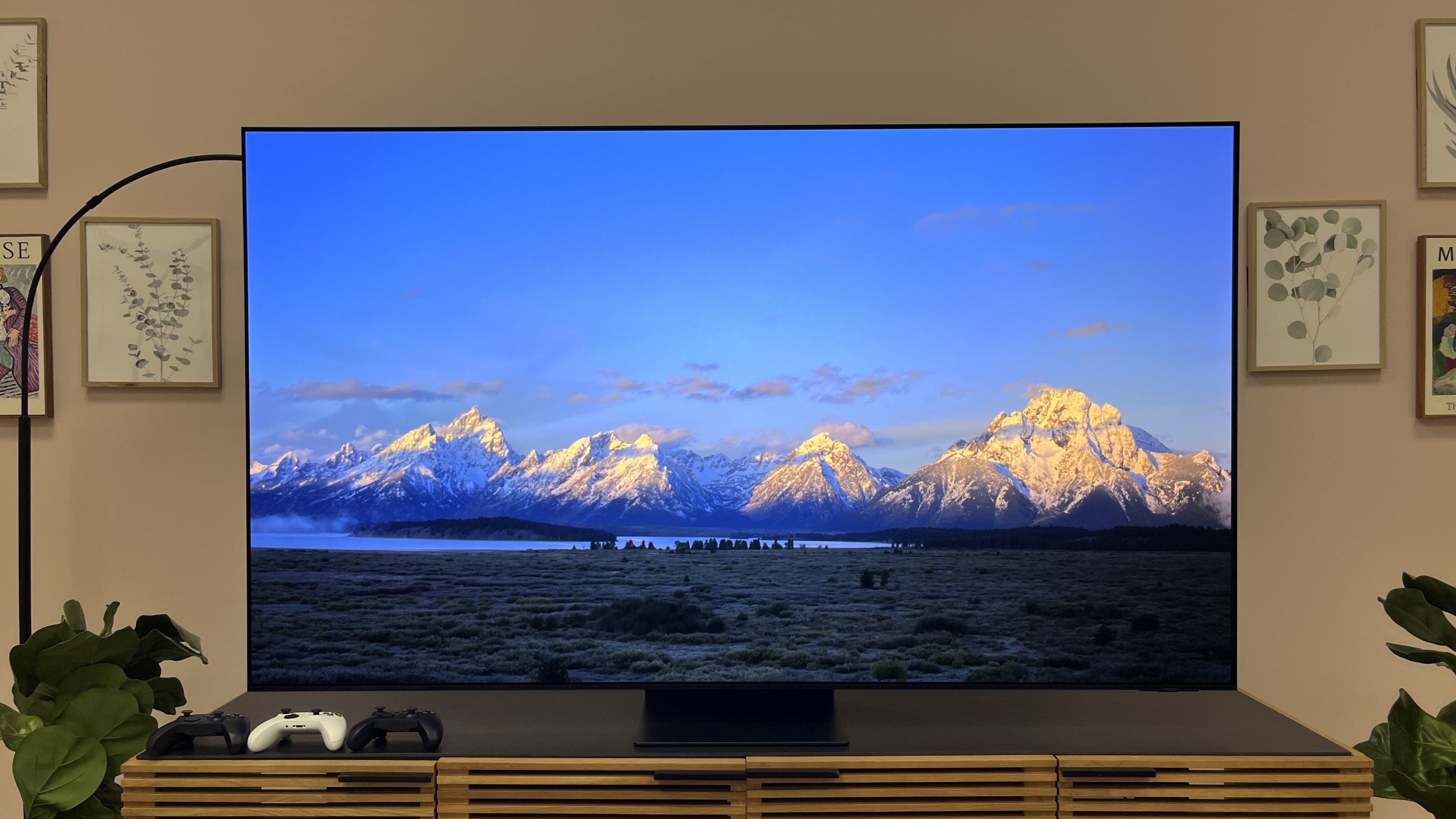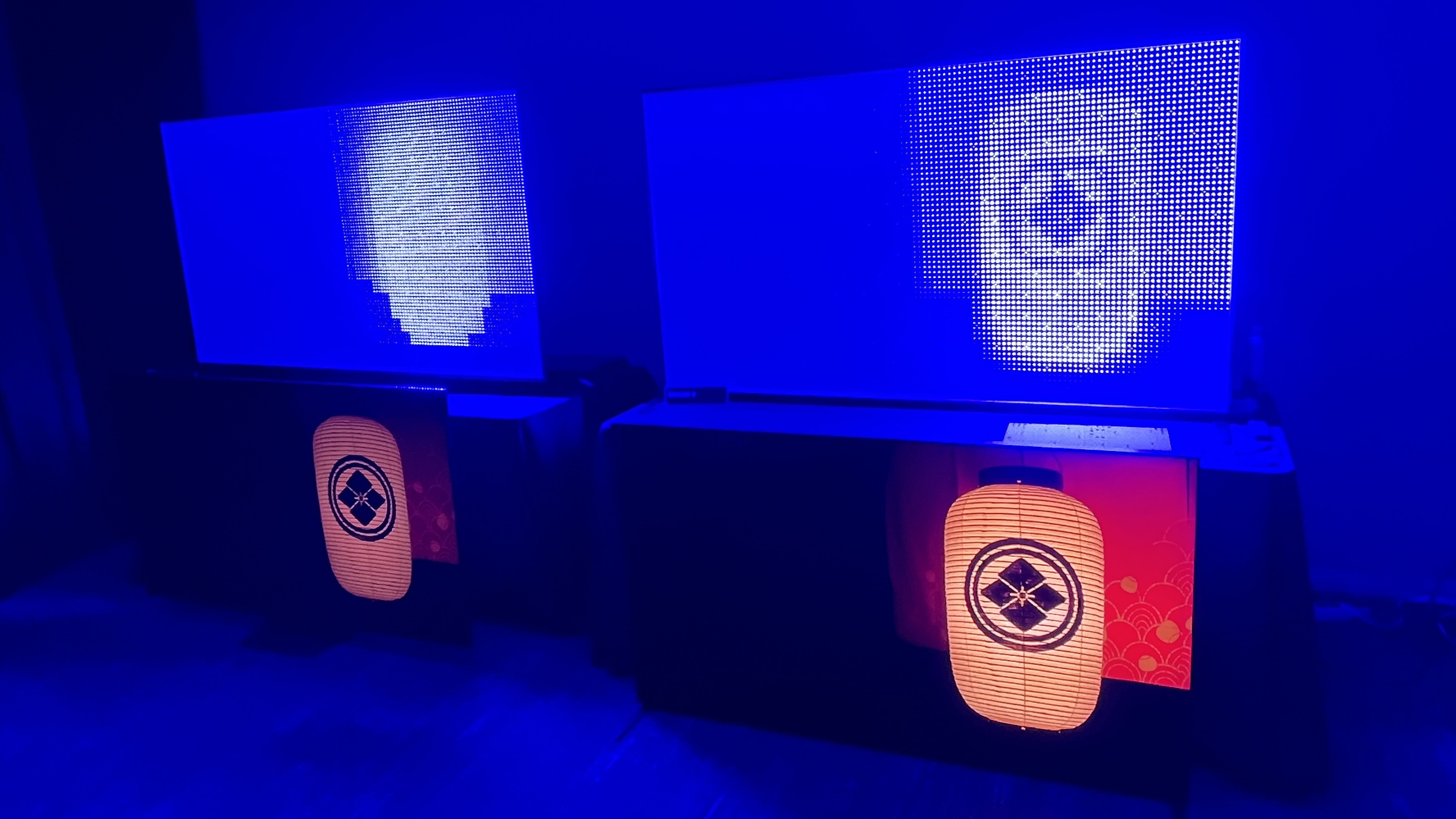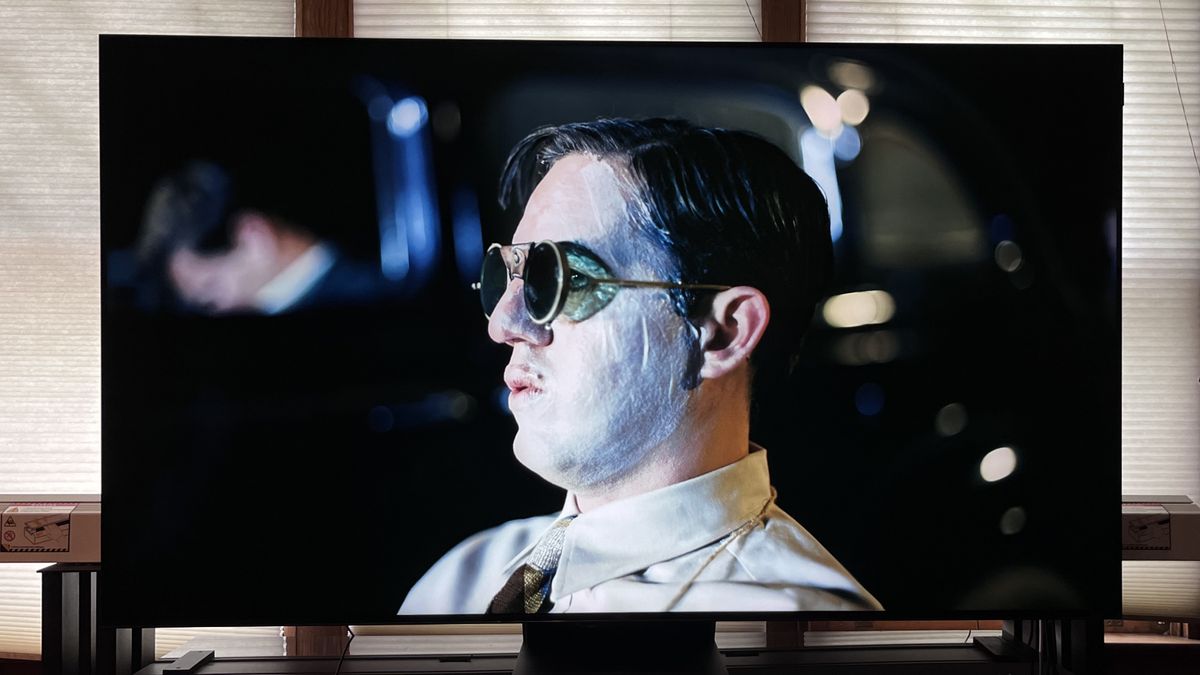How bright is your TV screen? And can you answer that other than “Yes, I can see the moving images”?
Brightness is crucial for a good viewing experience on the best TVs. It provides visibility, illuminates details, and adds depth and vibrancy to colors, and you'll need a screen bright enough to counteract the ambient light if you want to watch during the day or in a brightly lit room in your home.
But while the effect of brightness is very noticeable – my eyes! – It can be difficult for everyday shoppers to quantify. What is a nit (the most common unit of measurement for TV brightness) or a Lumens by the way? And is 2,000 nits really much better than, say, 500?
A nit is defined as the amount of light a single candle emits per square meter – roughly the size of a 40-inch television – and is usually measured as “peak brightness,” or the maximum light within a given area. and not the average brightness on a television screen. For every thousand nits you get the equivalent of a thousand candles and so on.
TVs tend to make incremental improvements every year, but there's no doubt that 2024 was the biggest year for TVs yet. One of the best mini LED TVs, the TCL QM851G, has a peak brightness of over 3,500 nits – twice as much as most screens on this list – while the new Hisense U8N and TCL C855 both hit almost 3,000 nits, despite being below average are. $1,000 TV. (More entry-level Mini LEDs, like the Hisense U7N, might cost around 1,000 nits.)
A mini-LED screen, which has a special backlight with countless tiny diodes, has a natural brightness advantage over OLED, a self-emitting display technology that is better at getting brightness where it is needed (individual pixels to light up to bring) than to deliver a large number of nits – the reason why OLEDs have been criticized for years for being “too dark” for the average household.
But OLED TVs have also recorded incredible increases in brightness in recent years. Not long ago it was unusual for an OLED screen to reach 1,000 nits, and today it's a regular occurrence. But what difference do these increased brightness levels really make?
Picky

As mentioned, brightness improves visibility and helps ensure that the images on the screen are clearly lit and you can see a lot of detail. It is also crucial for color; Just as colors fade to a vague gray in the dark, increased brightness makes colors stand out more clearly from each other. HDR content, which calibrates your TV's brightness output to improve tonal contrast, also requires an appropriate nits value (1,000) to work as intended.
However, without the right brightness, brightness can be a distraction control. You can have lots of nits, but if your TV can't direct the light exactly where it's needed without leaking into other pixels, the extra light can dull contrast instead of increasing it. One of OLED's great strengths is its ability to turn off pixels completely, meaning bright areas of the screen are contrasted by true black rather than semi-bright gray.
I've owned an OLED TV – the LG C1 – for three years without the latest brightness improvements that LG has touted since its release (its peak brightness is around 750 nits). While it's not ideal during the day – even indirect light from my living room window can ruin the picture – it's still an incredible screen for the way I primarily use it, which is an evening movie in a dimly lit room.
Specifically, our pick for the best TV in 2024 is the Samsung S95D, an OLED model that reaches a maximum peak brightness of 1,868 nits. While it's not the brightest screen this year, it's still the most impressive. And Sony managed to break OLED supremacy in 2024 with the launch of the Sony Bravia 9, a mini-LED model that uses the company's new XR Backlight Master Drive with High Peak Luminance technology to deliver both high Deliver peak brightness as well as deep, clearly visible LEDs. defined black people.
A better future for televisions

While 2024 was the best year yet for TV brightness, that crown will inevitably extend into 2025. Universal Display, a developer and manufacturer of OLED, has figured out how to make more energy-efficient displays, which could reduce manufacturing costs while increasing brightness – counteracting the price of high-end, high-brightness OLED TVs.
This innovation particularly increases the energy efficiency of blue pixels, which have proven more difficult to optimize compared to their red or green counterparts. This means that a television screen can provide fewer layers of blue pixels than existing screens for the same brightness. Fewer shifts, less costs, more light – and we could start to benefit from this technology as early as next year.
TCL also has plans to launch a mini-LED TV in 2025 – an update to this year's QM851G – reportedly with a brightness of 6,500 nits, which is close to direct daylight and would dwarf even our brightest 2024 screens.
Of course, brightness isn't everything on a new TV: you also need to consider the processor, resolution, audio, format support, smart platform and of course the price you're getting it all for. A TV with limited light output also offers benefits, especially when excessive blue light is known to affect sleep quality.
But just for the impressive impact and improvement in contrast on our TV screens, the steady increase in brightness is something to celebrate.
